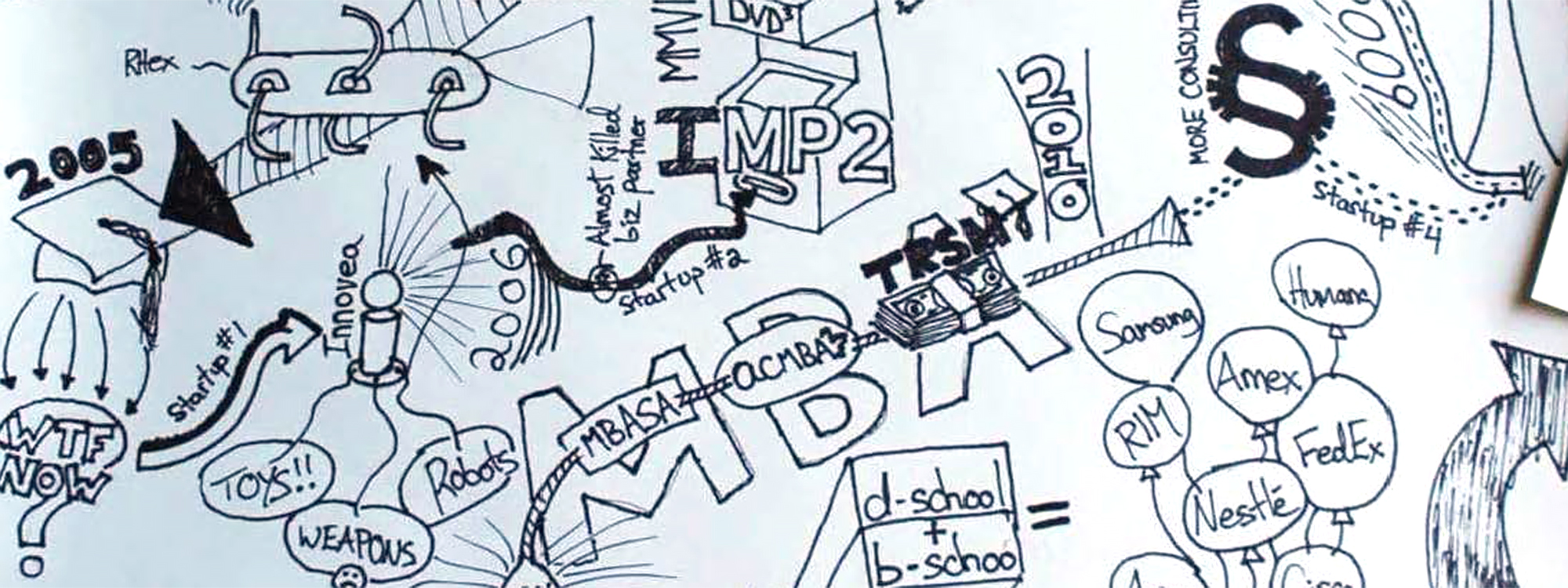Is your organization ready for artificial intelligence and robots?
Posted on February 08, 2019
Most of us think of automation, AI, and robotics as recent things – the digital revolution that promises all manner of benefits to human kind.
It is also the stuff of science-fiction movies, books and now games about a dystopic future world where robots run amok and dominate us. But a new thing?
Not so much, says Shane Saunderson, a facilitator in Schulich ExecEd’s Masters Certificate in Innovation Leadership program, and a prolific writer on technology who frequently gives talks on Design Thinking, robotics, AI, and the future of technology in society. Saunderson shares his insights on the digital revolution in the third module of the program, Certificate in Leading a Culture that Innovates and Executes.
To start with, Saunderson says, automation has been around since ancient times, minus the electricity. And robots are also man-made creations with a long history. A robot, Saunderson explains, is a piece of automation technology whose design components fit into three categories that acquire, analyze and act upon the environment:
- Perception (Sensors)
- Control (Processor)
- Action (Actuators)
For as long as it’s been around, automation has inspired feelings of wonder and fear forcing us to think about how it integrates with our society. One of the guiding principles in this debate, Saunderson says, is Prof. Melvin Kranzberg’s First Law of Technology: “Technology is neither good nor bad; nor is it neutral”.
In cutting through the hype about artificial intelligence (AI) and robotics, Saunderson explains that AI merely classifies patterns and robots are just repetition machines. But along with other technological developments, they can frequently have consequences that go far beyond their immediate purposes.
Automation does have benefits:
- Mundane, repetitive tasks are prime targets for offloading from humans’ responsibilities
- Automation can reduce human bias and mistakes to make the best possible decisions
But automation can also:
- Leave behind work for humans that is exceptionally complex and difficult or worse, purposeless
- Produce unintended consequences and catastrophic failures
Current AI and data-analysis systems, he says, are limited in scope and ability. What you demand of them must be task-specific. AI and algorithms are good at recognizing patterns, but not understanding deeper meaning and even the best algorithms still require a person to:
- Determine the objective function
- Interpret the results
Any plan to implement an automation solution needs to include a strategy that makes clear where your organization stands on AI, robotics and how they will affect employees. Saunderson recommends three steps to building an AI strategy:
- Consider automation implications on your workforce
- Be transparent with your plans
- Take charge; own your decisions, and don’t scapegoat the technology
*
 Shane Saunderson, MBA, BEng, is a Vanier scholar and currently pursuing a PhD in Robotics at the University of Toronto.
Shane Saunderson, MBA, BEng, is a Vanier scholar and currently pursuing a PhD in Robotics at the University of Toronto.
The Masters Certificate in Innovation Leadership is a 15-day program (starting April 29, 2019) that comprises three distinct certificate programs: Strategic Leadership and Innovation, Design Thinking 2.0: Certificate in Tools and Techniques with a User-Centered Approach and Leading a Culture that Innovates and Executes. For more information, visit the program website.













